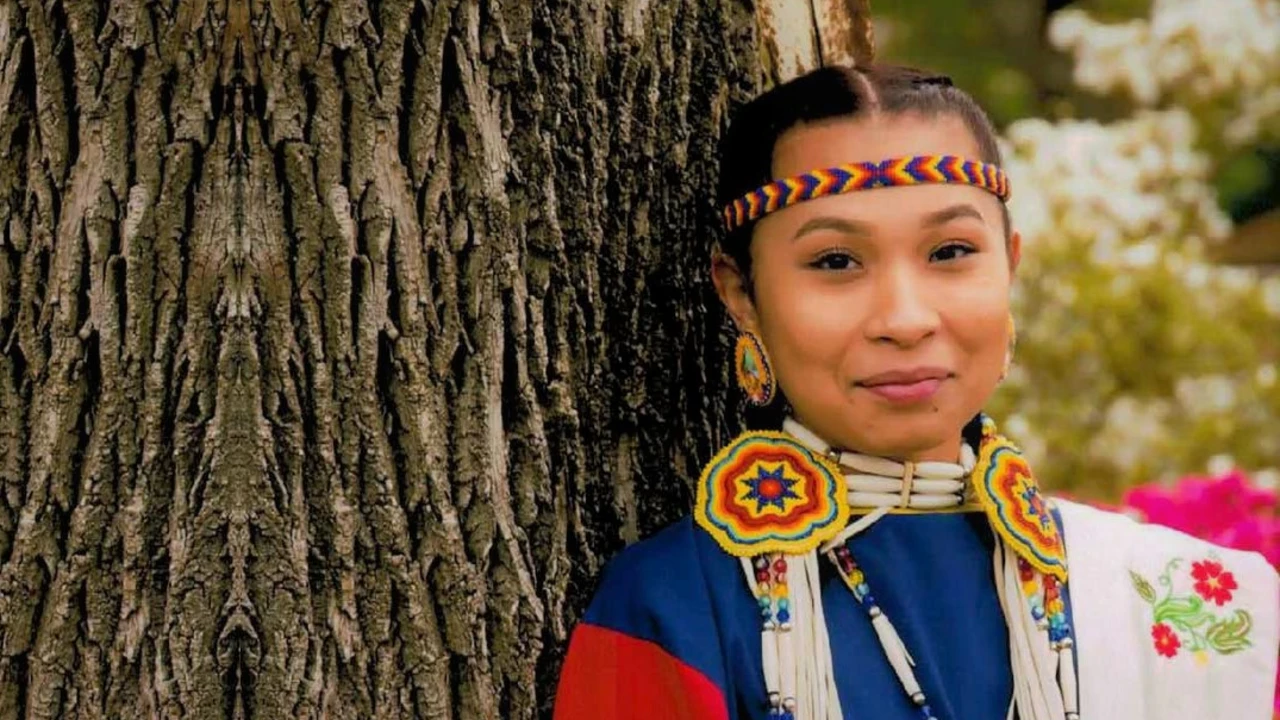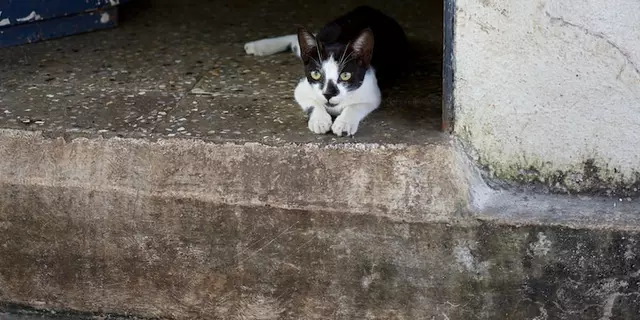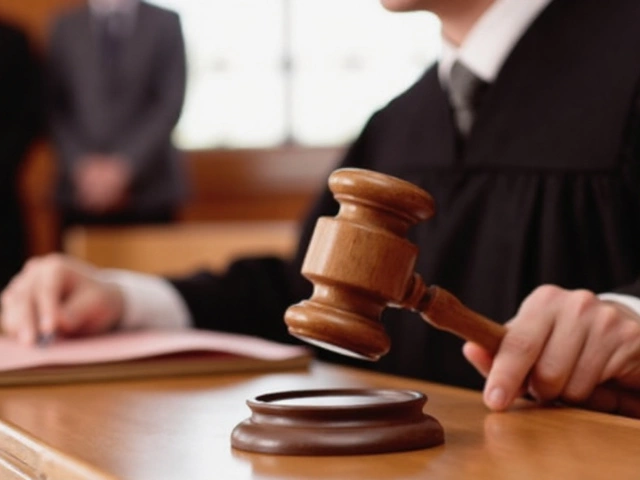The Beginning: A Historical Outlook on Native American Education
Things have come a long way since the time when Native Americans, the original inhabitants of America, were marginalised and their culture obliterated by colonialists. You see, ancient textbooks painted an image of 'savages' and 'primitive tribes', with no significant historical value to these proud people. Unfortunately, my own schooling days were some of those times. However, there's been a significant shift in the American education sector, particularly public schools. Now, Native American tribes and cultures are not just being acknowledged but celebrated and the history woven into the curriculum. Talk about time travelling to correct the past! Wish we had a time machine though, wouldn’t that be fun?
The Contemporary Classroom: Current Scenario of Native American Teaching in Public Schools
There's a positive note to sing about in today’s context, as American classrooms have evolved a lot in terms of the information disseminated. The curriculum now seeks to offer a balanced perspective - it uncovers the story of Native Americans not just from the lens of European settlers but from the indigenous people’s viewpoint as well. This 360-degree historical view is refreshing, to say the least. If only this was the case in my school days, history wouldn’t have been just an array of dates and events.
The Case for Comprehensive Learning: Recognising Diversity within the Native Tribes
Just like we recognise the diversity among the 50 states of America, it's crucial that we also acknowledge the diversity among Native American tribes. They're not a monolithic group; instead, each tribe has its own unique history, practices, and beliefs that set it apart from others. This understanding has now begun to penetrate the classroom, dissecting the stereotype of a homogenous Native American identity. Let's not limit our understanding to tipis – there are longhouses, cliff dwellings, and so much more to learn!
Curriculum Enrichment: Incorporation of Native American Culture and Philosophy
This advancement in education isn’t a mere correction of historical facts; it goes much beyond that. We are now witnessing the integration of Native American philosophy and culture into the teaching process. Teachings like respecting nature, simple living, and community bonding are becoming quintessential parts of school education. Okay, I remember something from my childhood - once during a school trip, I saw a Native American artefact in a museum, and it looked like a dream catcher. It was then that I realised that these cultures have so much richness and depth – which is now getting its due recognition.
Looking Beyond History Books: Encouraging Holistic Understanding
How about some love for Native American literature, folklore, art, music, and dance? Yes, the new-age curriculum encourages learning about Native American culture well beyond history books. Not just in theory, students now get the opportunity to engage in practical activities and projects that enhance their understanding of these cultures. Imagine painting an authentic Native American mural or crafting traditional artefacts – isn't learning by doing so much more fun? Piggyback on my experience, guys – I've tried my hands on making a dream catcher, and now I wish the Native Americans could catch my bad cooking skills.
Teacher Training: A Crucial Aspect of Effective Education
None of the above would yield fruitful results without teachers being trained to handle such comprehensive subject matter. Specialised workshops and courses are now prevalent which focus on cultural sensitivity and effective teaching practices when it comes to Native American education. Here's hoping many are inspired to become guides on this journey of rediscovering an erased past, though, between you and me, I remember my history teacher couldn't for love or money get the pronunciations right. Bless Mr Smith, wherever he is now, for making us giggle in those boring afternoon classes!
The Challenges Ahead: Achieving an Honest Representation of Native American History
Despite the progress, there are miles to go before achieving a completely accurate representation of Native American history. The challenges aren't just about learning new facts; it goes further into unlearning several myths that have been ingrained over generations. But hey, every journey begins with a small step, and the direction certainly looks promising. So, let's keep our fingers crossed, and hopes high - a future where Native American history is portrayed honestly and fairly in every classroom might not be too far off. After all, fair play is something we all appreciate – be it in the classroom or the soccer field.
Conclusion: The Impact on Society and Shaping Future Generations
Teaching about Native American tribes in public schools is more than just a curriculum upgrade. It is about shaping future generations who are aware of their past, respect cultural diversity, and understand the mistakes made in history to avoid repetition. The impact of this change will be felt on a societal level, wherein understanding and mutual respect for all cultural backgrounds would be the norm, and not the exception. I, Arvind, am looking forward to this change and seeing the transformation unfold. Let's hope my future descendants grow up learning about a fuller, richer history than I did, and may they never have to endure Mr Smith's pronunciation!





